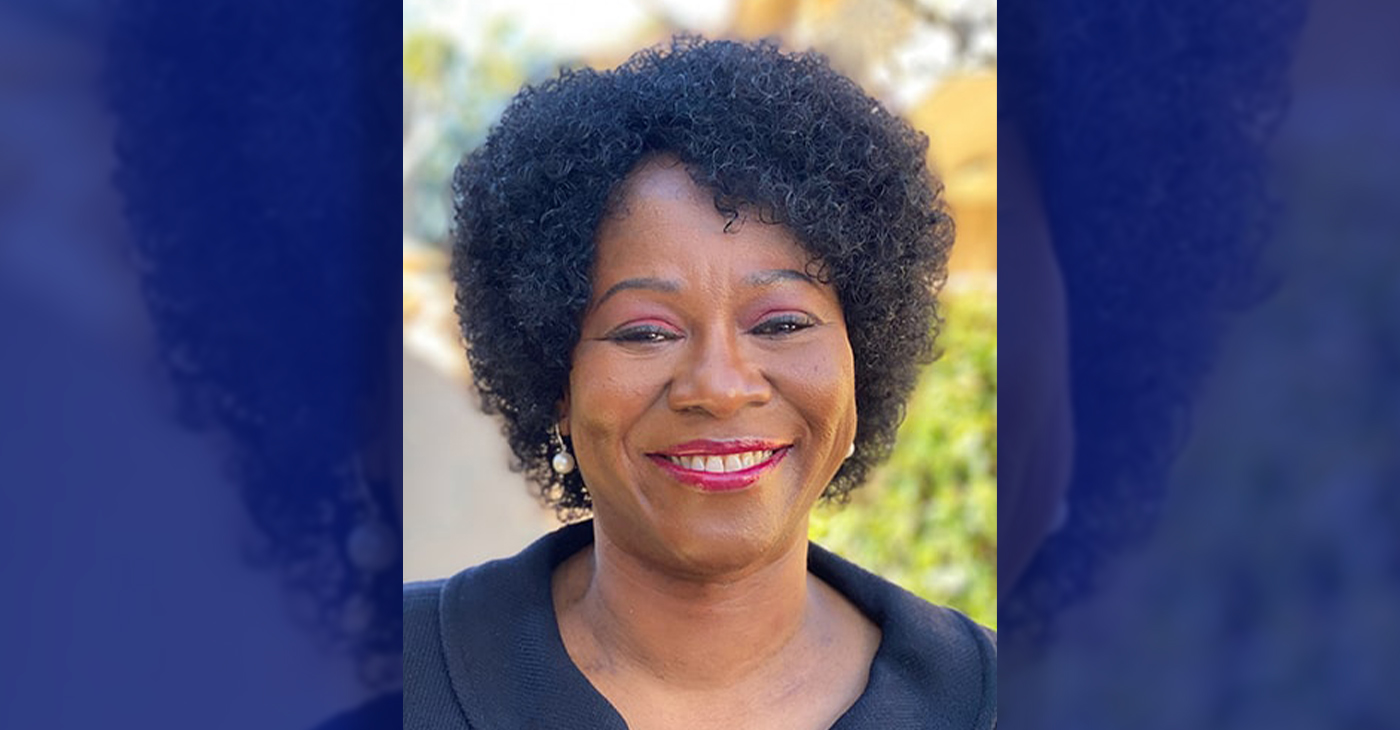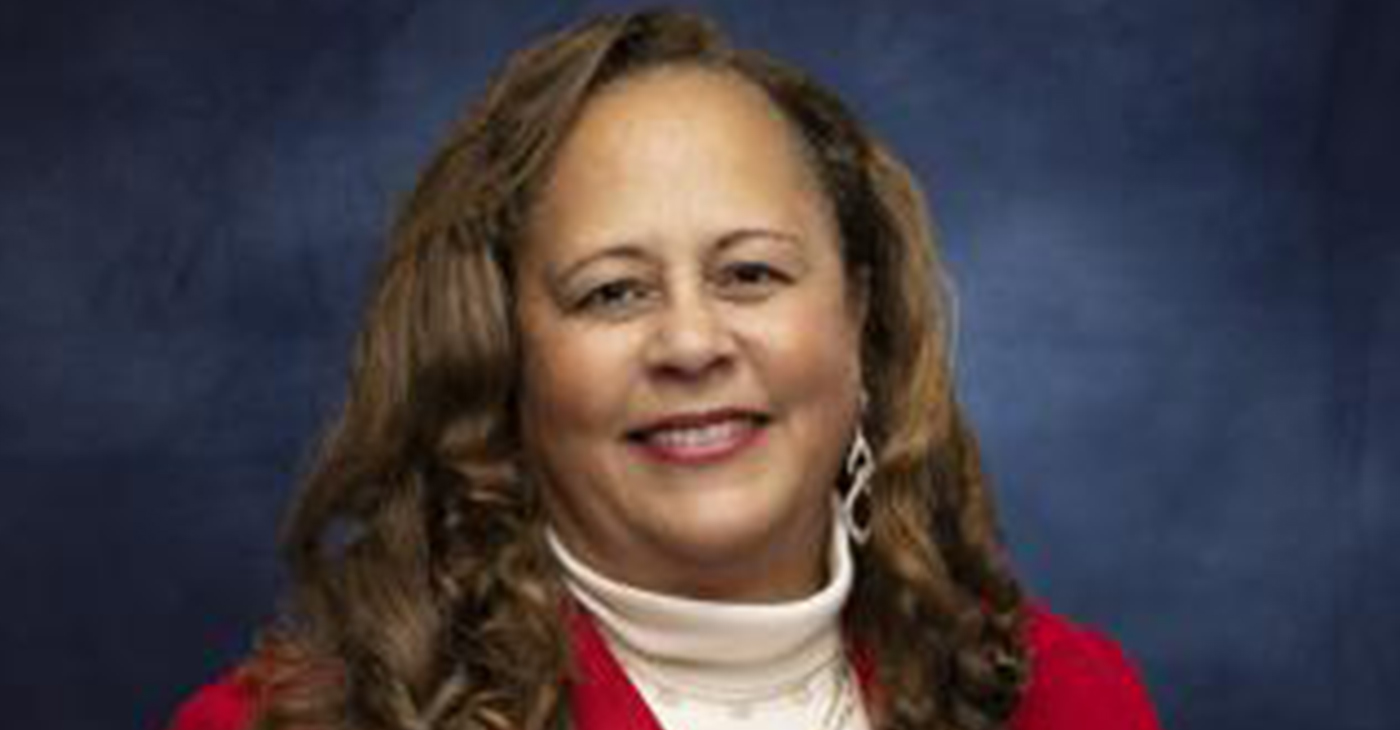Politics
Whites Moving to Detroit, City That Epitomized White Flight

In this April 24, 2015 photo, Eugene Gualtieri, a 41-year-old lab technician at the Detroit Medical Center, prepares to ride his motorcycle in Detroit. Gualtieri took advantage of an incentive program, Live Midtown, offered by his employer and several others in the Midtown neighborhood, which allowed him to take out a $20,000 home loan that he wont have to repay if he stays in his condo for five years. In Detroit its cheap housing and incentive programs that are partly fueling the regrowth of the Motor Citys white population. (AP Photo/Carlos Osorio)
COREY WILLIAMS, Associated Press
DETROIT (AP) — Whites are moving back to the American city that came to epitomize white flight, even as blacks continue to leave for the suburbs and the city’s overall population shrinks.
Detroit is the latest major city to see an influx of whites who may not find the suburbs as alluring as their parents and grandparents did in the last half of the 20th century. Unlike New York, San Francisco and many other cities that have seen the demographic shift, though, it is cheap housing and incentive programs that are partly fueling the regrowth of the Motor City’s white population.
“For any individual who wants to build a company or contribute to the city, Detroit is the perfect place to be,” said Bruce Katz, co-director of the Global Cities Initiative at the Washington-based Brookings Institution. “You can come to Detroit and you can really make a difference.”
No other city may be as synonymous as Detroit with white flight, the exodus of whites from large cities that began in the middle of the last century. Detroit went from a thriving hub of industry with a population of 1.8 million in 1950 to a city of roughly 690,000 in 2013 that recently went through the largest municipal bankruptcy in U.S. history. In that time, the city’s population went from nearly 84 percent white to a little less than 13 percent white.
In the three years after the 2010 U.S. Census, though, Detroit’s white population grew from just under 76,000 residents to more than 88,000, according to a census estimate. The latest annual census was released Thursday and estimates that Detroit lost about 10,000 more residents in 2014, but it doesn’t include a racial breakdown.
Simple math convinced music producer Mike Seger to move from adjacent Oakland County into a rented two-story house on Detroit’s east side that also houses his Get Fresh Studio. Seger, 27, pays $750 per month in rent, and said he wouldn’t have been able to find anything comparable in the suburbs for that price. The average monthly rental rate of a three-bedroom single-family home in Detroit is about $800, as opposed to $1,100 to $1,400 in the suburbs, according to RentRange.com, which collects rental market information.
“A young person can move here with $10,000 and start up a small flex space for artists or artists’ studios,” Seger said. “It’s the uprising of the youth being able to have the opportunities to make a future for themselves.”
Eugene Gualtieri, a 41-year-old lab technician at the Detroit Medical Center, took advantage of an incentive program. Live Midtown, offered by his employer and several others in the Midtown neighborhood, allowed him to take out a $20,000 home loan that he won’t have to repay if he stays in his condo for five years. The program is aimed at getting workers to live closer to their jobs, which can benefit employers and employees.
“The condo is eight minutes from work … super close, nice neighborhood and really reasonably priced,” Gualtieri said. “Like any part of any city, I’m sure there are good parts and bad parts. You just make sure you don’t end up in the areas you are not supposed to be in.”
Live Downtown is a similar incentive program offered by employers located in downtown Detroit, which is home to General Motors, Quicken Loans and Blue Cross Blue Shield of Michigan. Three professional sports teams and stadiums, three casinos, restaurants and bars are entertainment anchors.
Blacks appear to be weary of waiting for Detroit to turn things around and have been migrating to nearby suburbs in search of comfort, better schools and lower crime.
The city’s black population was nearly 776,000 in 1990. By 2013 it had dipped to an estimated 554,000.
Elizabeth St. Clair, 27, and her family may count themselves among black former Detroiters.
St. Clair and her boyfriend are searching for rental homes in Detroit and several inner-ring suburbs. She has two school-aged children.
She acknowledges things are getting better — pointing out Detroit’s current campaign to tear down vacant houses and eradicate blight. But the high cost of car insurance, underperforming schools and the condition of many neighborhoods are obstacles.
“As I see a resurgence of Detroit, I really want to stay here,” St. Clair said. “I feel there are two Detroits. There’s a Detroit where you are able to go downtown and enjoy, and then in our neighborhoods there’s not much change.”
Susan Mosey, who heads the nonprofit planning and development group Midtown Detroit Inc., said about 1,150 people have participated in the Live Midtown program, 38 percent of whom are white and 38 percent of whom are black. She said it’s great to see whites moving back to Detroit, but the city needs to attract more people and stop others from leaving.
“The reality is this town is not diverse enough,” Mosey said of Detroit as a whole. “We need new immigrants and more whites to move in. We lost so many of the middle-class African-Americans during the recession. We need good numbers of all people to come back.”
Copyright 2015 The Associated Press. All rights reserved. This material may not be published, broadcast, rewritten or redistributed.
Activism
2025 in Review: Seven Questions for Assemblymember Lori Wilson — Advocate for Equity, the Environment, and More
Her rise has also included several historic firsts: she is the only Black woman ever appointed to lead the influential Assembly Transportation Committee, and the first freshman legislator elected Chair of the California Legislative Black Caucus. She has also been a vocal advocate for vulnerable communities, becoming the first California legislator to publicly discuss being the parent of a transgender child — an act of visibility that has helped advanced representation at a time when political tensions related to social issues and culture have intensified.

By Edward Henderson, California Black Media
Assemblymember Lori D. Wilson (D-Suisun City) joined the California Legislature in 2022 after making history as Solano County’s first Black female mayor, bringing with her a track record of fiscal discipline, community investment, and inclusive leadership.
She represents the state’s 11th Assembly District, which spans Solano County and portions of Contra Costa and Sacramento Counties.
Her rise has also included several historic firsts: she is the only Black woman ever appointed to lead the influential Assembly Transportation Committee, and the first freshman legislator elected Chair of the California Legislative Black Caucus. She has also been a vocal advocate for vulnerable communities, becoming the first California legislator to publicly discuss being the parent of a transgender child — an act of visibility that has helped advanced representation at a time when political tensions related to social issues and culture have intensified.
California Black Media spoke with Wilson about her successes and disappointments this year and her outlook for 2026.
What stands out as your most important achievement this year?
Getting SB 237 passed in the Assembly. I had the opportunity to co-lead a diverse workgroup of colleagues, spanning a wide range of ideological perspectives on environmental issues.
How did your leadership contribute to improving the lives of Black Californians this year?
The Black Caucus concentrated on the Road to Repair package and prioritized passing a crucial bill that remained incomplete during my time as chair, which establishes a process for identifying descendants of enslaved people for benefit eligibility.
What frustrated you the most this year?
The lack of progress made on getting Prop 4 funds allocated to socially disadvantaged farmers. This delay has real consequences. These farmers have been waiting for essential support that was promised. Watching the process stall, despite the clear need and clear intent of the voters, has been deeply frustrating and reinforces how much work remains to make our systems more responsive and equitable.
What inspired you the most this year?
The resilience of Californians persists despite the unprecedented attacks from the federal government. Watching people stay engaged, hopeful, and determined reminded me why this work matters and why we must continue to protect the rights of every community in our state.
What is one lesson you learned this year that will inform your decision-making next year?
As a legislator, I have the authority to demand answers to my questions — and accept nothing less. That clarity has strengthened my approach to oversight and accountability.
In one word, what is the biggest challenge Black Californians are facing currently?
Affordability and access to quality educational opportunities.
What is the goal you want to achieve most in 2026?
Advance my legislative agenda despite a complex budget environment. The needs across our communities are real, and even in a tight fiscal year, I’m committed to moving forward policies that strengthen safety, expand opportunity, and improve quality of life for the people I represent.
Activism
2025 in Review: Seven Questions for Assemblymember Tina McKinnor, Champion of Reparations, Housing and Workers’ Rights
In 2025, McKinnor pushed forward legislation on renters’ protections, re-entry programs, reparations legislation, and efforts to support Inglewood Unified School District. She spoke with California Black Media about the past year and her work. Here are her responses.

By Joe W. Bowers Jr., California Black Media
Assemblymember Tina McKinnor (D-Inglewood) represents
California’s 61st Assembly District.
As a member of the California Legislative Black Caucus (CLBC),
McKinnor was elected in 2022. She chairs the Los Angeles County Legislative Delegation and leads the Assembly Public Employment and Retirement Committee. McKinnor also served as a civic engagement director, managed political campaigns, and worked as chief of staff for former Assemblymembers Steven Bradford and Autumn Burke.
In 2025, McKinnor pushed forward legislation on renters’ protections, re-entry programs, reparations legislation, and efforts to support Inglewood Unified School District. She spoke with California Black Media about the past year and her work. Here are her responses.
Looking back on 2025, what do you see as your biggest win?
Assembly Bill (AB) 628. If rent is $3,000, people should at least have a stove and a refrigerator. It’s ridiculous that people were renting without basic appliances.
I’m also proud that I was able to secure $8.4 million in the state budget for people coming home from incarceration. That includes the Homecoming Project, the menopause program for incarcerated women, and the Justice Leaders Program.
How did your leadership help make life better for Black Californians this year?
After the Eaton Fire, I pushed to get the same kind of support for affected areas that wealthier regions get after disasters.
I also did a lot of work building political power— establishing the Black Legacy PAC and California for All of Us PAC so we could support Black candidates and educate voters. We also called voters to make sure they understood Prop 50.
People need to understand this: there are only 12 Black legislators in the Capitol. Folks act like we can just walk in and pass reparations, but that’s not how it works.
What frustrated you most this year?
The governor did not have the political will to sign these bills: AB 57 and AB 62. They both passed overwhelmingly in the Assembly and the Senate. We did the work. The only person who didn’t have the political will to sign them was the governor.
The public needs to ask the governor why he didn’t sign the bills. We can’t keep letting people off the hook. He has to answer.
I also introduced AB 51 — the bill to eliminate interest payments on Inglewood Unified School District’s long-standing state loan — held in the Appropriations Committee. That was frustrating,
What inspired you most in 2025?
The civil rights trip to Alabama was life changing. We visited the Legacy Museum and the National Memorial for Peace and Justice. We took members of the Black, Latino, Jewish, and API caucuses with us. It changed all of us.
People aren’t always against us — they just don’t know our history.
What’s one lesson from 2025 that will shape how you approach decisions next year?
The legislative trip to Norway taught me that collaboration matters. Government, labor, and industry sit down together there. They don’t make villains. Everybody doesn’t get everything they want, but they solve problems.
What’s the biggest challenge facing Black Californians in one word?
Inequity. It shows up in housing, wealth, stress – all these things.
What’s the number one goal you want to accomplish in 2026?
Bringing back AB 57 and AB 62, and securing money for the Inglewood Unified loan interest forgiveness.
Activism
2025 in Review: Seven Questions for Sen. Laura Richardson, Who Made Legislative History This Year
Before elected office, she served as a legislative staffer at the local, state, and federal levels and built a strong academic foundation, earning a political science degree from UCLA and an MBA from USC.

By Edward Henderson, California Black Media
Elected in November 2024 to represent California’s 35th Senate District, Sen. Laura Richardson (D-San Pedro) brings decades of experience to her role.
Before elected office, she served as a legislative staffer at the local, state, and federal levels and built a strong academic foundation, earning a political science degree from UCLA and an MBA from USC.
Richardson says she remains deeply committed to empowering residents, strengthening neighborhoods, and supporting the local economy.
For example, SB 748, a bill she authored that Gov. Newsom signed into law this year, allows cities to use existing homelessness funds to clear unsafe RV encampments, and another measure aimed at expanding provider access for Medi-Cal patients.
California Black Media (CBM) spoke with Richardson about her successes and disappointments over the past year and her plans for 2026.
What stands out as your most important achievement this year?
Being number one in getting the most bills signed by a freshman senator. Our team and staff were able to effectively move legislation through committees in both the Senate and Assembly and gain the governor’s support.
How did your leadership contribute to improving the lives of Black Californians?
Securing overall agency support from the governor to begin the work of understanding and documenting descendants of slavery. The discussion around “40 acres and a mule” will be ongoing for many years, but moving forward with creating an agency—although not fully funded—was significant. They were baby steps, but they were steps.
What frustrated you the most this year?
The administration. Even though federal and state roles differ, California has its own values and priorities. When the federal government makes cuts that impact Californians, the state legislature feels the need to backfill to protect people. It was challenging and frustrating.
What inspired you the most this year?
SB 237, which I was a joint principal author on, inspired me. It dealt with fuel stability. Two refineries closed, and several others are barely hanging on. Even as we work toward zero emissions, we still need a certain amount of fuel. SB 237 opened up some of the fuel potential in Kern County, and there’s a pipeline from Kern County down to my district.
What is one lesson you learned this year that will inform your decision-making next year?
Engage the governor’s staff earlier. I’m going to push to involve the governor’s legislative staff sooner.
In one word, what is the biggest challenge Black Californians are facing right now?
Affordability. No matter how much you make, everything is more expensive—gas, groceries, insurance, mortgages. Costs keep rising while salaries don’t.
What is the goal you want to achieve most in 2026?
Creating a process for dealing with abandoned cemeteries.
The last piece—not specific to this year but building toward the future—is figuring out how people and businesses in the district and in California can participate in major events like the Olympics, FIFA, and the Super Bowl, all of which are taking place here.
-

 Alameda County4 weeks ago
Alameda County4 weeks agoSeth Curry Makes Impressive Debut with the Golden State Warriors
-

 #NNPA BlackPress4 weeks ago
#NNPA BlackPress4 weeks agoLIHEAP Funds Released After Weeks of Delay as States and the District Rush to Protect Households from the Cold
-

 #NNPA BlackPress4 weeks ago
#NNPA BlackPress4 weeks agoSeven Steps to Help Your Child Build Meaningful Connections
-

 #NNPA BlackPress4 weeks ago
#NNPA BlackPress4 weeks agoSeven Steps to Help Your Child Build Meaningful Connections
-

 Bay Area2 weeks ago
Bay Area2 weeks agoPost Salon to Discuss Proposal to Bring Costco to Oakland Community meeting to be held at City Hall, Thursday, Dec. 18
-

 #NNPA BlackPress4 weeks ago
#NNPA BlackPress4 weeks agoFBI Report Warns of Fear, Paralysis, And Political Turmoil Under Director Kash Patel
-

 Activism2 weeks ago
Activism2 weeks agoMayor Lee, City Leaders Announce $334 Million Bond Sale for Affordable Housing, Roads, Park Renovations, Libraries and Senior Centers
-

 Activism3 weeks ago
Activism3 weeks agoOakland Post: Week of December 10 – 16, 2025
























































